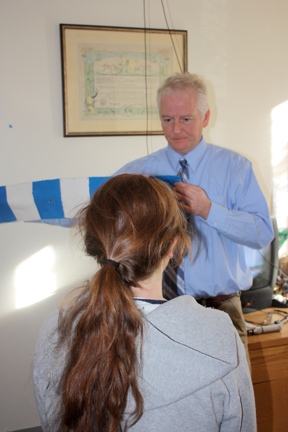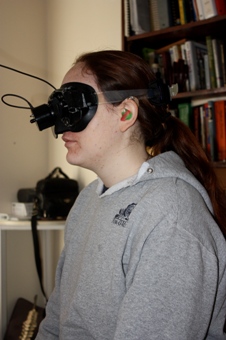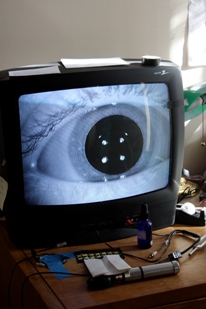When my teenage daughter Heidi suffered a serious concussion playing hockey, one of the therapies for her post-concussion syndrome we tried was chiropractic neurology. We had been taking Heidi to see a CN since she was 13-months old, related to a pre-existing disability, so we have an ample bank of positive experience with CN as an aid to recovery from many conditions, and have referred many others to him, if the fit seems right.
Chiropractic, now considered a branch of mainstream medicine, is best known, for the adjustments DCs do of the vertebra of the neck and back to correct misalignments (subluxation) which irritate the spinal nerves, reducing muscle strength and setting off spasms, or other painful symptoms.
Chiropractic neurology was developed by Dr. Ted Carrick and is a much more recent sub-specialty focusing specifically on brain function. A CN evaluation is able to identify areas of the brain that injured or damaged. Its therapies promote new connections into damaged areas in order to improve brain function. The ability of the brain to form new connections is called "neuroplasticity".
The CN view of concussion suggests that, following the injury, symptoms linger due to the swelling of neurons in the damaged area of the brain, causing dysfunction of those neurons and possibly the death of connections. The goal of CN is to identify the damaged areas using simple, yet sophisticated, diagnostic techniques which explore brain function.
One of the tests a chiropractic neurologist uses involves the use of a blue-and-white-striped cloth ribbon (in some cases a red and white stripe) called a optokinectic nystagmus strip, which the CN moves horizontally in front of the patient's eyes to check how smoothly she can track the stripes as they go by (see photo below). This gives the CN information about processing activities in various centers of the brain (using the eyes as a window on brain processing is a core approach of chiropractic neurology).

Another test of eye movement used by CNs is called videonystagmography or VNG, in which the patient wears a pair of black goggles equipped with a camera that transmits live video of one eye to a monitor, enlarging and recording the information about brain processing provided by the eye movement. The chiropractic neurologist watches to see how the patient's eye responds to the way he moves her body and can replay the video for the patient so she can see how her own eye responds. Here are photographs of Heidi wearing the goggles, and of the monitor showing her eye.


New connections (neuroplasticity) are encouraged through various stimulations appropriate for the specific area of the brain injury. One specific brain area often damaged in a concussion is the vestibular system. Injury to the vestibular system may cause dizziness and/ordysfunction of the brain's vascular (blood flow) system, among other symptoms. When the blood flow is impacted, reduced oxygen and glucose to the brain can slow down the recovery.
CN employs a deep toolbox of non-invasive sensory experiences to gently stimulate (or calm) targeted areas of the brain or nervous systems to reduce neurologic imbalance and improve function and productivity. This toolbox includes selective environmental stimuli, such as very simple, non-strenuous, visual exercises; the use of specific colors and patterns of target lights, and other sensory therapies.
Posted February 26, 2012








